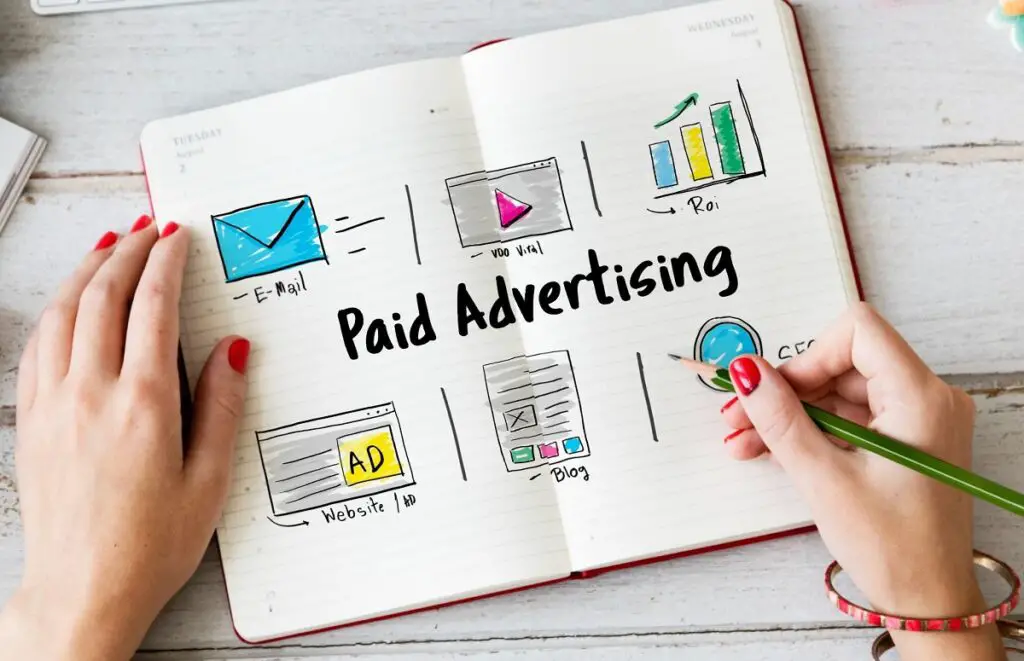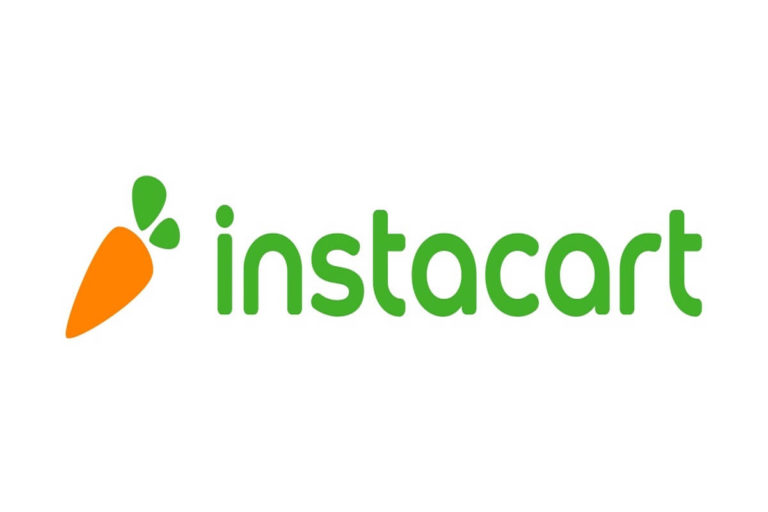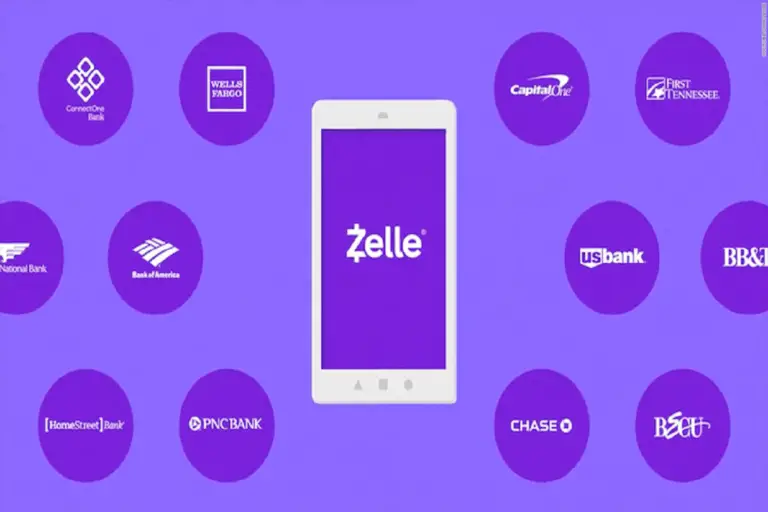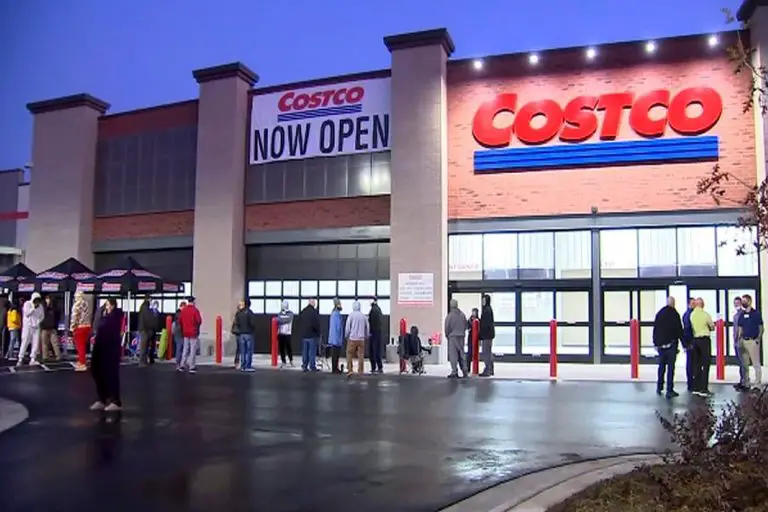How does Yelp make money: The Yelp Business Model
If you’ve ever looked up a restaurant, chances are you might have read a Yelp review. Have you ever wondered how does Yelp make money? Yelp is a well-known brand that was initially developed to expand people’s online access to local businesses through its active content contributors. Yelp is a trusted and reliable resource for finding and connecting with reliable local businesses, and it has earned this reputation through its commitment to transparency and accountability. In this blog, we’re discussing how Yelp works and makes money with its business model.
Yelp: Company Profile
What is Yelp?
Yelp is an online review site and directory marketplace that enables people to discover and learn more about local businesses in their area. These companies might be anything from cafes and spas to home repair or legal services and more.
Yelp generates revenue through the sale of tailored advertisements to businesses that use its platform, commissions earned from partnerships, and membership fees collected from service tools. The business strategy utilized by this organization is that of an aggregator.
Yelp is now recognized as one of the most prominent online review sites in the world. The company was established in 2004 and maintains its headquarters in San Francisco, California. Every single month, the website is visited by more than 178 million users.
How Does Yelp Work?
Yelp’s content is user-generated, which means that users directly submit images and rate the services that they receive instead of reviews being curated by businesses for creating a good image. As a result, businesses can benefit from the increased online presence and receive an influx of leads. Using a scale from one to five stars, Yelp users can rate businesses and their offerings. Additionally, there is a section for businesses to edit their contact info, hours, and other basic listing info, as well as add any new promotions they may be offering. Users can not only write reviews, but also respond to other users’ reviews, organize events, and have in-depth conversations with other users on Yelp.
As a company, Yelp’s goal is to help people find great local businesses exactly at the moment they are considering where to spend their money. In addition, customers can limit their search results by a variety of criteria, such as business type, pricing range ($,$$,$$$,etc.), and availability of other services like outdoor seating or the ability to make reservations.
The platform Yelp is available on the company’s website, as well as on Android and iOS devices with the Yelp app.
How was Yelp Started?
Yelp, which was founded in 2004 by Jeremy Stoppelman and Russel Simmons, has now become the most popular local business review website in the U.S. Both founders went to the University of Illinois to study Computer Science. They went on to work as software engineers for PayPal after finishing college, joining the ranks of notable alumni like Elon Musk and Reid Hoffman. Both founders quickly advanced to managerial roles at PayPal at a very young age. About a year after eBay paid $1.5 billion to acquire PayPal, in the summer of 2003, Jeremy and Russel mutually agreed that it was time to move on to other quests in life. While Stoppelman moved on to do his MBA at Harvard, Simmons experimented with a novel startup concept.

After one year of working separately, they decided to join forces once more. Reaching out to Max Levchin, the co-founder of PayPal at the time and current head of a business incubator, was the first step in developing their novel concept of Yelp. In light of the boys’ unmatched skills and experience, Levchin funded them with a million dollars to use in their startup.
There was some buzz about the platform at first, and people were using it, but ultimately, they weren’t getting just what the platform was all about. Yelp’s popularity among both consumers and investors skyrocketed after a 2005 platform update.
Since there weren’t any user reviews to read, there wasn’t much of an incentive for new people to sign up. When it first debuted, Yelp was a lot like Quora in that users could ask each other questions.
They subsequently found out that visitors who stumbled into the site’s “Write A Review” function spent numerous hours writing, sometimes submitting as many as 15 reviews in a single day. They did a thorough redesign of the site with user feedback in mind and released it in February 2005. This time, though, it clicked, and millions of visitors flooded the site. In addition, Yelp’s worldwide expansion began in 2009. Including 529,000 locations, the platform had almost 22 million reviews by 2011. The company had previously branched out abroad by opening offices in nations such as the United Kingdom and France. Yelp’s rapid expansion led to its initial public offering in 2011. The IPO also shed insight on Yelp’s rapid expansion, with annual revenue jumping from $12.1 million to $47.7 million by 2010.
The year 2012 saw Yelp’s expansion into 20 more countries, including the United Kingdom, Denmark, Canada, Singapore, and more. Yelp was able to embark on a lavish shopping spree thanks to its healthy cash balance. It paid a total of $50 million to acquire its main competitor in Europe, Qype, in 2012. Eat24, a food delivery company, was acquired by Yelp in 2015 for $134 million; Grubhub later purchased the company for $287.5 million. However, people had been quite critical of Yelp’s sales techniques despite the company’s massive success.
Additionally, both Google and Yahoo attempted to acquire Yelp, but the talks ultimately fell through. Yelp, in an effort to drive and sustain long-term profitable development, unveiled an extensive, multi-year company restructuring strategy in 2019. The plan’s goals were to grow the business by developing cutting-edge products, expanding its marketing reach, and opening more locations. Yelp now has more than 220 million reviews from users all over the world and is one of the major review sites because it serves more than 500,000 localities worldwide.
How Does Yelp Make Money?
The Yelp business model contains three key things through which they generate their income – Advertising (specifically cost-per-click advertising), Transactions (specifically interactive consumer tools), and Other Services. In 2020, advertising accounted for 96% of Yelp’s $873 Mn in revenue. Let’s look at each source of income individually to understand it better.
1. Advertising
All types of businesses can make use of Yelp’s free and paid advertising options. Products in this category can reach sizable local communities with tailored search advertising. Yelp classifies the money it makes from ads, which includes ads sold by its partners, as advertising revenue. Yelp makes the vast majority of its money from the advertising items that companies buy on the site.

- Cost-per-click (CPC) pricing is how Yelp makes money from businesses. The majority of Yelp’s income comes from cost-per-click (CPC) search ads, which are purchased by local businesses so that they can appear as sponsored results in user searches and as recommendations on related business pages. As a result, every time a user interacts with an ad, the company’s spending limit is depleted.
- Among Yelp’s advertising options are pay-per-click (PPC) and multi-location displays. Pay-per-click (PPC) prices might differ by hundreds of percent from one market to another. As an example, the fee paid by restaurants or cafes is far smaller than that paid by more expensive businesses like legal firms.
- Showcase Ads feature special offerings with limited-time localized promotions in relevant search results, while Seasonal Spotlight Ads feature special offerings and promotions tied to a holiday or seasonal event. Both of these ad products can be found in Yelp’s Multi-location Ad Products.
- Products for Business Listing Pages – Any company can register a free online business account and claim the listing page for each of their locations. Businesses can take advantage of Yelp’s upgrade package, their second most popular product after searches to have their profile featured, select photographs or videos to put in a slideshow on their page, obtain a Yelp Verified License, and make use of Yelp connect, among other things.
- Yelp’s paid profiles are the company’s second advertising option. They cost a monthly subscription fee to view. A company’s monthly subscription rate is based on its total advertising budget. They pay less of a fee the more they invest in marketing.
Yelp has two upscale plans available:
- Premium Branded Profiles with Enhanced CTAs, an About section, a Photo Gallery, and Video Uploading
- Improved Profiles provide the same features as Branded Profiles but also allows users to block adverts from competing businesses.
- In addition, companies have the option of obtaining a verified license that serves as a seal of approval. A blue shield with a check in it denotes that the information has been verified.
There are numerous placement options for advertisements within its system. These could show up in related search results or on rival companies’ websites. Finally, Yelp’s Advertising Partner Program allows third-party advertisers to promote their partners.
The businesses they represent can then advertise on Yelp through these third-party vendors. This means that under the terms of the deal, Yelp will receive a cut of the advertising budget.
Since Yelp allows small businesses to buy and more completely control their advertising on a self-serve basis, the company says that its revenue model is aligned with the success of its advertisers. Yelp was able to enhance retention and decrease its reliance on sales and customer support because of this method. Revenue from the Self-serve channel grew by more than 45% annually and 10% sequentially in Q3 2021.
2. Transactions
Yelp not only provides advertising solutions but also consumer-interactive features that make it easier for people to conduct business with the local companies they find on the site. Integrating with a partner is the primary means of gaining access to these functions. Yelp’s collaboration with Grubhub, its largest in terms of both transaction volume and income, enables users to make orders for food pickup and delivery. In 2020, transaction revenues will account for only 1.5% of total revenues.
Yelp offers “Yelp Deals” which are pre-paid vouchers that provide customers with enticing discounts and additional motivation to spend at a specific business. Yelp will get a cut of the action if a voucher is cashed in. Gift certificates function in the same way. Rather than buying them for one’s own use, these items are more commonly seen in the form of a gift.
3. Alternate Support Sources
Yelp also makes money through non-advertising, non-transactional means, such as subscription services, licensing charges for access to Yelp data, and other arrangements. Yelp Reservations are the company’s most profitable service offering. With the help of these utilities, restaurant operators may enable online reservations, send SMS reminders, set up waitlists, and much more. Subscription fees paid monthly by businesses allow them access to these products.
Yelp generates massive data with hundreds of millions of comprehensive reviews, images, and business information, making it an especially attractive option for enterprise customers seeking to integrate local content into their products or analyze local data for important business analytics. License fees for this type of information are one way that Yelp generates revenue. This source was also responsible for 2.5% of the 2020 Yelp income.
Final Thoughts
Even though there have been several other review-based websites and social media app launches in recent times, the Yelp platform stands out because of the trust it has gained as a search engine for reviews for several years, similar to the yellow pages. Active reviewers and content creators contribute to the site. To this day, Yelp continues to evolve as a platform and has also started offering table reservations and food deliveries in some areas.
The company’s massive success in terms of visitors, reviewers, and business owners makes an impressive track record for investors as well. Not only is it the perfect place to find user-generated reviews, and high-quality content posted by the yelp elite squad, but it’s also a data-rich organization that can provide valuable insights. What did you think of Yelp’s business model? Do you think they could do things differently to generate more revenue? Let us know!
Other Business Models: Nerdwallet, OfferUp, DoorDash, Discord, Afterpay, Zelle, Zoom, Honey, Venmo, Carvana, Webull, Hinge, Bumble, Vinted, Instacart, Craigslist







